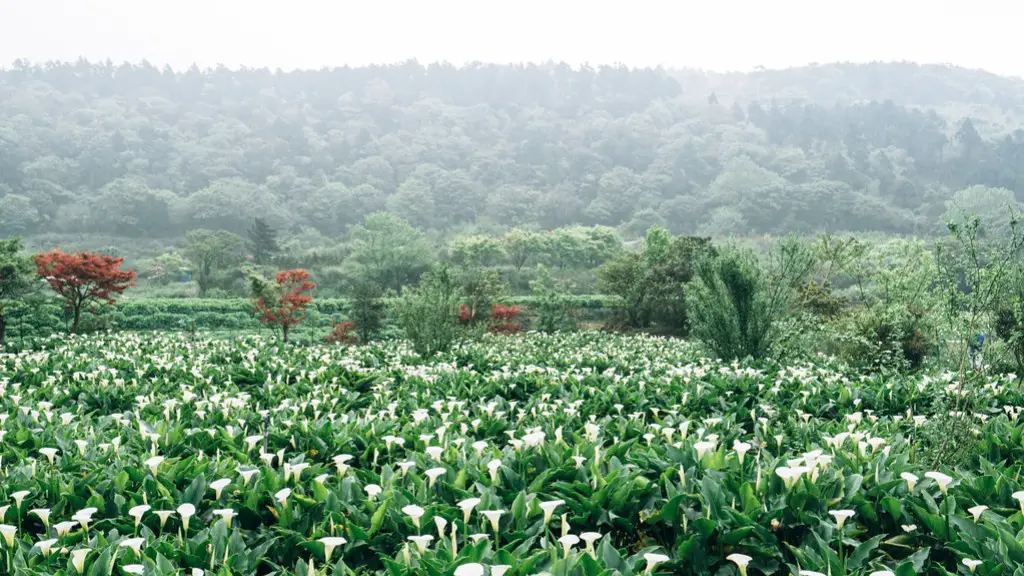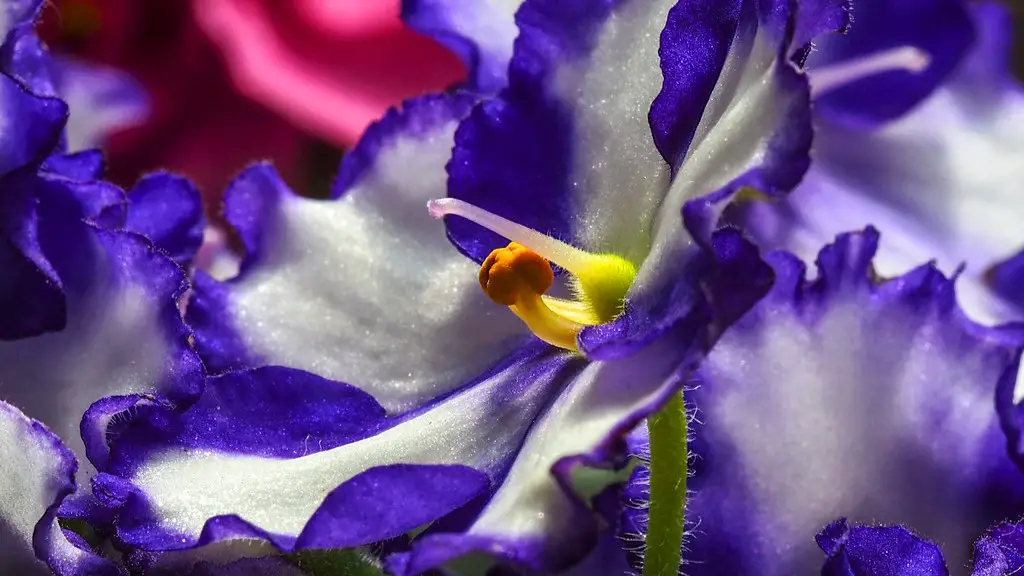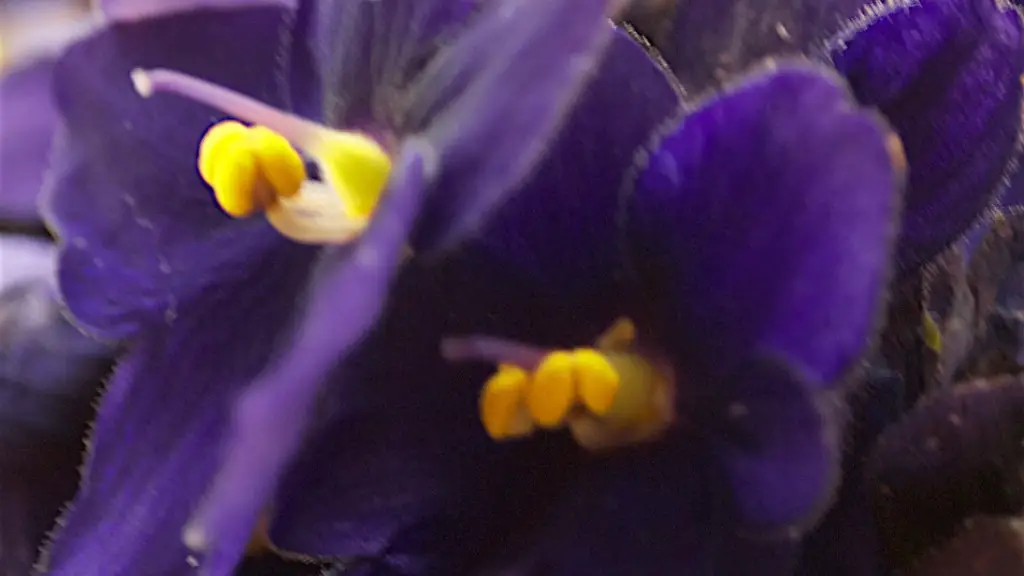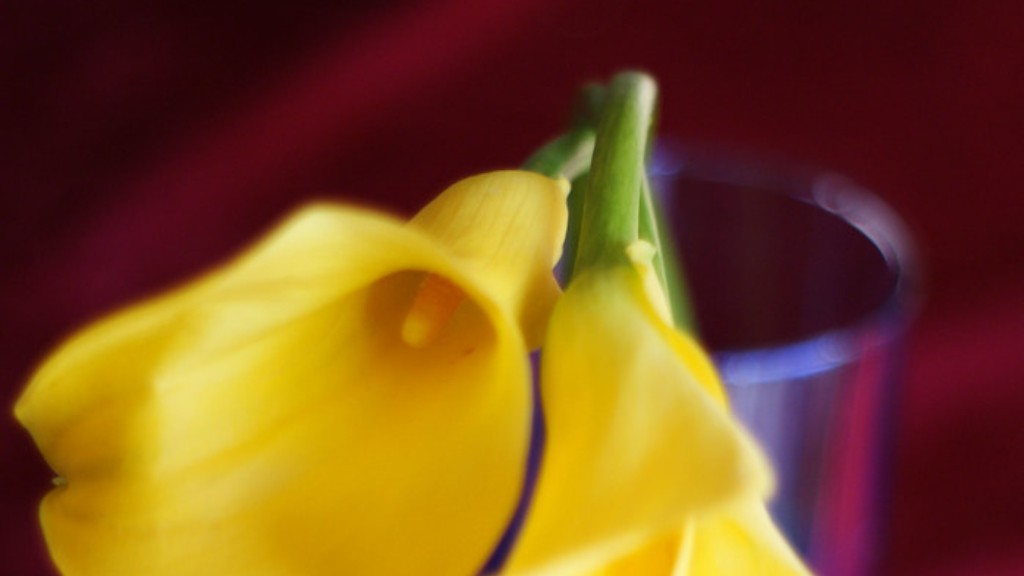African violets are delicate flowers that are native to Africa. They are easy to care for and make great houseplants. They do best in partial sun and need to be watered regularly. Here are some tips on how to water your indoor African violets:
Indoor African violets need to be watered regularly, about once a week. The best way to water them is to use lukewarm water and to water from the bottom, so that the leaves don’t get wet.
How often do you water African violets indoors?
If you have African violets, you might want to water them only once a week. You can also allow the plant to completely dry between waterings. One way to make sure your African violets are never over watered is by setting up a wicking system.
African violets should be watered when the top of the soil is dry to the touch. They should be allowed to dry out between each watering for best results. Overwatering can kill a plant.
Do African violets have to be watered from the bottom
When watering your African violet from the top, be sure to direct the stream of water underneath the leaves and into the soil. This will help to keep your plant dry and avoid any potential leaf damage. When using a specialty watering can designed for African violets, you will have more control over the stream of water and be able to direct it more easily. Remember that bottom watering can sometimes cause fertilizer salts to build up in the soil, so be sure to top water your plant regularly to avoid this issue.
The roots of the African Violet need aeration, so keeping them moderately moist but never soggy is the key. Watering from the bottom so they can soak the water up, over an hour or so, will help to keep water out of the crown of the plant. African Violets like warmer water, around 70 degrees.
Should I mist my African violets?
It is important to water African violets carefully, as they are susceptible to crown rot. Do not mist the foliage, as this may cause permanent leaf spotting. Use water that is room temperature, and water the crown (the section of the plant at soil level) carefully to avoid saturation.
If you are concerned about the quality of your tap water, it is best to use filtered or distilled water for your African violets. This will ensure that your plants get the cleanest water possible and minimize the risk of any adverse effects.
How do I know when my African violets need water?
African violets need to be watered when the soil feels dry to the touch. To check, insert your finger into the soil and if it feels bone dry, it’s time to water. If the soil feels moist, wait a few days and check again.
If you want your plants to have the best color and blooms, grow them in bright, indirect light. An ideal location for a plant stand is three feet away from a west- or south-facing window. Plants will still grow when situated right beside north- or east-facing windows, but their leaves will be thin and spindly, and they’re less likely to bloom.
What do Overwatered African violets look like
If you have over-watered your African Violet plant, the soil will retain too much water. This will cause the leaves and/or leaf stems to turn soft, limp or mushy.
Watering:
It is important to keep the soil moist to encourage blooming, but allow the soil around the roots to dry out between watering to encourage blooming. Water from the bottom with room temperature water by placing the plastic grower’s pot in water, and allowing the plant to absorb the water for no more than 30 minutes.
Do African violets like their leaves wet?
African violet leaves are not difficult to obtain. You can get them from many sources, including online stores and nurseries.
If your African violet isn’t blooming, it’s probably because it’s not getting enough light. These plants need indirect sunlight, as direct sunlight can burn their leaves. For best results, place them in a north- or east-facing window. Additionally, keep plants away from cold glass and rotate the pot once a week so that all leaves receive light.
Can you water African violets with ice cubes
African violets are delicate flowers that require room temperature water to avoid damage. Ice cubes can slowly melt and add moisture to the soil, but the cold water makes the violets more susceptible to discoloration.
Coffee seems to be a good natural fertilizer for plants that prefer more acidic soil. African violets, impatiens, Norfolk Island pines, Phalaenopsis orchids, and Dieffenbachia all seem to respond well to weekly waterings with coffee. This may be because coffee is acidic and helps to lower the pH of the soil, making it more suitable for these plants.
How often do you feed African violets?
If you want your African Violet to stay healthy throughout the year, you should fertilize it once every 14 days during the spring and summer. However, you shouldn’t fertilize the plant at all during the fall and winter to prevent over-fertilizing.
African violet plants are generally quite resistant to overwatering, but it is still important to make sure that the plant has enough water. Place your African violet plant in the water filled tray, bowl, or saucer and make sure that at least one inch of the bottom of the pot is immersed in water or submerged in water. Wait for 20 minutes, allow the plant to absorb the water, and the top soil to become moist.
Conclusion
To water your indoor African violets, you will need to use lukewarm water and avoid getting the leaves wet. Water the soil around the plant, taking care not to oversaturate it. Allow the top of the soil to dry out between watering.
When watering indoor African violets, it is important to use lukewarm water and to avoid getting water on the leaves. Water the soil around the plant, taking care not to over-water. Allow the soil to dry out between watering.





